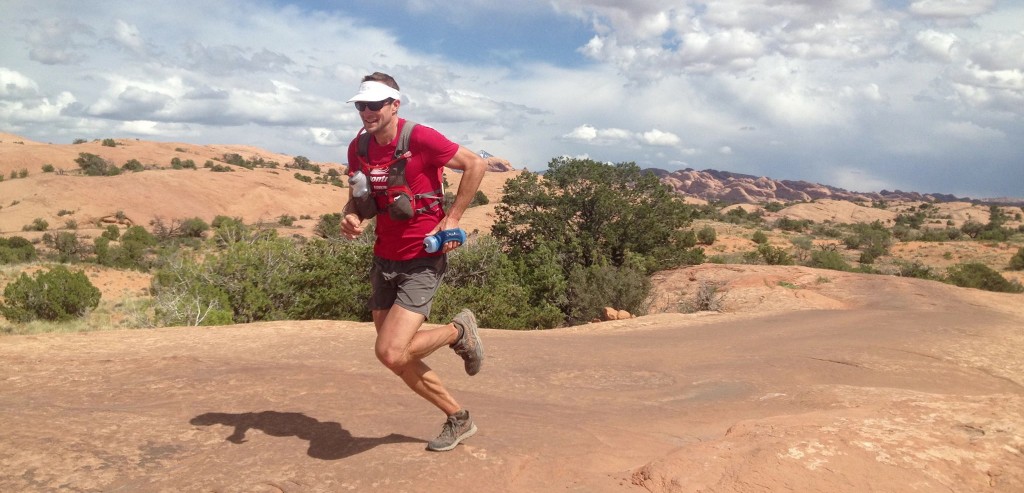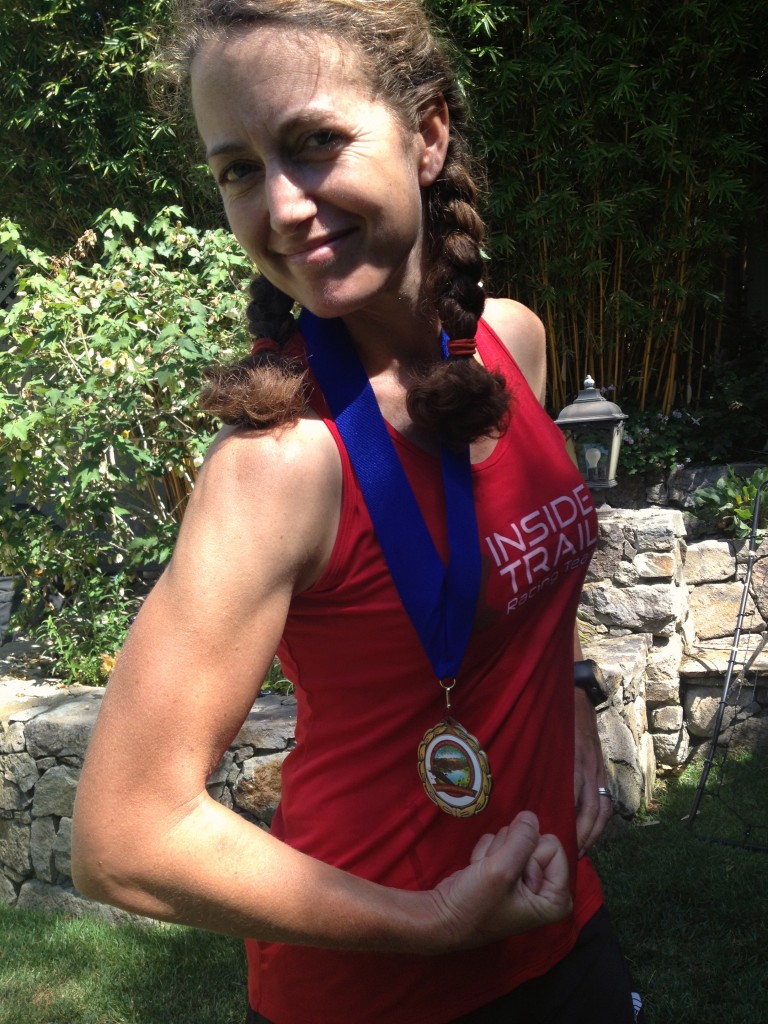Midday on a Wednesday, I completed the 13-mile Briones Reservoir loop in the sun-baked hills just east of Berkeley. A friend gave me a gel at Mile 8 because I was bonking and dehydrating. I underestimated the challenge of squeezing in this run in the sun on a workday.
Ordinarily, after completing a loop and returning to my car, that’s it, I’m done—unless I repeat the whole loop. But this time I tacked on two extra miles, because I’m on a schedule that called for 2.5 hours of running. I felt compelled to log at least 15 miles, not 13. I even felt a little guilty for stopping five minutes before the full 2.5 hours were done.
I’m entering a new phase in my training: being coached. I hired someone three weeks ago to dictate how I run. He’s coaching via email, phone and a cloud-based program online, so we barely know each other. But, like Santa Claus (though not at all jolly or fat), he knows when I’ve been bad or good. Not only does he motivate and guide, he also holds me accountable when I feel like cutting corners.
I decided to find a coach to maximize my chances for success at my debut 100 in September, as well as at some shorter races leading up to that. Also, I want to shake up my running and learn more about the sport.
In whose hands did I place my training and am I counting on for results? I went with Matt Hart of CoachingEndurance.com because I’ve been reading his “Ask the Coach” advice column in Trail Runner magazine for a long time. This month’s issue of Trail Runner features his article about successfully running and bagging 14 14,000-foot peaks in Colorado in just under 59 hours with Jared Campbell. He’s also last year’s winner of the Tahoe Rim Trail 100-miler, a Hardrock 100 alumnus, a Zion Traverse speed record holder, and he has a bunch of credentials in multisports and adventure racing. I wanted someone with deep experience, and that’s what I got.
Now, instead of doing standard sets of situps and pushups following a run, I do a variety of strength training routines, such as this intense core workout that includes pushups among the 15 movements that work every key muscle between my quads and shoulders until they tremble with fatigue. Instead of running the same ol’ two hours, I’m instructed to run two hours with strides (short accelerations) at the end. And instead of the pre-race-day short and easy shake-out run I normally do, I followed his advice to throw in three 60-second pickups running 30 seconds faster than race pace.
There’s something about putting my brain on a shelf and submitting to a schedule that feels very satisfying, almost comforting. But the running and strength training aren’t the whole story.
The other big part involves nutrition. I logged my eating for several days so that Matt could critique my calories and nutrients. I was on my best eating behavior and stopped drinking alcohol on most nights, limiting myself to one or two glasses of wine or a beer on an occasional night. The act of logging reined in my portion sizes and helped me break the habit (at least temporarily) of plate-picking my son’s leftovers, because I don’t want to have to measure and record so much munching.
I pride myself on good nutrition—whole grains, not much animal protein or animal fat, lots of beans, fruits and veggies—but Matt suggests I can do a lot better. He thinks my beloved breakfast of plain oatmeal mixed with GrapeNuts heated up with a little milk and a sliced banana has too many empty, high-glycemic carbs and not enough nutrients.
I told him I love bread and my go-to snack is pita or rice chips with hummus. He replied that I should use whole grains as carbohydrates right before workouts, and right after for glycogen replenishment. “Things like pita and brown rice chips are just processed foods, only slightly better than Doritos,” he wrote, “so use them as workout foods and have them around workouts, but not all day long. If you dropped these foods altogether I think you’d have a lot more success with portion control. High glycemic foods like these just cause this cycle of craving. The starting point for every meal should be vegetables. These are the most nutrient-dense foods we have. Start there, then add things. I would suggest eating less dairy and grains, and more fruit, nuts.”
I know my psychology well enough to know, however, that when I’m told to cut something out, then I crave it more and am prone to over-indulge. A few hours after I got Matt’s nutritional advice, for example, I got the bright idea to make chocolate chip banana bread the night before a race. (I managed to abstain from alcohol on the eve of the race and save the amazing chocolate banana bread for afterward—washed down with a tall glass of skim milk. Yum!)
But, he got me thinking, and I swear to God I’m going to try a blueberry-beet smoothie made with almond milk for breakfast.
Three weeks into this program, I’m noticing a difference. One, I’m more motivated. I want to get out the door to run and to do the strength training so I can report back that I did it and track my progress.
Two, I’m lighter by three or four pounds.
And three, I had a good race today: the Lake Chabot Half Marathon Trail Challenge. I last ran this event in 2011 in 1:49:25—a time that depressed me because it was a full 10 minutes slower than when I won the event in 2007 in 1:39. (It’s a tough course with about 1700 feet of elevation gain, hence the relatively slow half-marathon times.) My goal today was to beat the 2011 time, which I doubted I could do since I felt I’ve gotten slower over the past two years. I basically had a big negative head trip going into this race.
But I felt great on the course and believe the taper-week schedule Matt put me on paid off. I took more than two minutes off the 2011 time and finished in 1:47:03, winning the master’s division and placing third female overall.
I was just so happy to make my personal time goal and to overcome the anxiety of pushing the speed.
I’ll blog periodically this summer about my training and the coaching. Meanwhile, here’s the profile from today’s run:
With the elevation:
And here’s a showoff shot my son took of me after the race, when I felt like the Rosie the Riveter icon thinking, I CAN do it!



Way to kick the complacency and sign up for torture! Accountability does pay off:)
Wow, what great results you’re seeing in only a short time! You look ready to take on the world! Congrats on making the decision and following through daily with effort. Makes me think about getting a coach.
That is so inspiring! That time is pretty awesome. I want that motivation and this is a great example of how hard work and disipline can really move one forward.
I’m really excited for how your performance will be in September and how you worked to that level.
I’m ready to revamp everything, thanks!